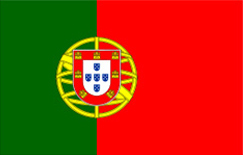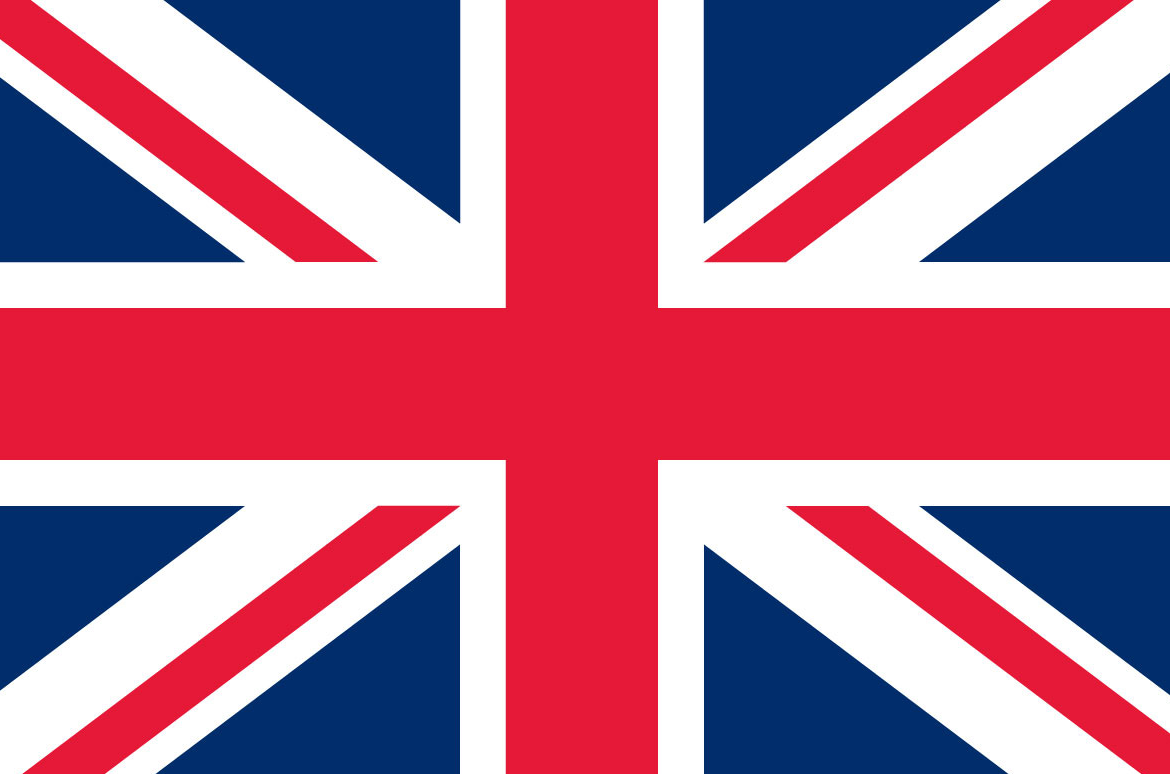Monitoring, Control and Surveillance
Monitoring, Control and Surveillance
Breadcrumbs
- Fisheries
- Control and Inspection
- Monitoring, Control and Surveillance
The United Nations Convention on the Law of the Sea (UNCLOS), often referred to by the English acronym UNCLOS (United Nations Convention on the Law of the Sea), ratified by Decree of the President of the Republic No. 67-A/97, of October 14, is a multilateral treaty signed under the auspices of the UN, in Montego Bay, Jamaica, on December 10, 1982, which defines and codifies concepts inherited from customary international law relating to maritime matters, such as territorial sea, exclusive economic zone , continental shelf and others, and establishes the general principles for the exploitation of natural resources of the sea, such as living resources.
The Convention regulates a large province of international law, namely the law of the sea, which comprises not only the rules about the sovereignty of the coastal State over adjacent waters (and, by contrast, conceptualizes the high seas), but also the rules regarding the management of marine resources, namely.
At the beginning of the 1990s, in order to comply with the provisions of the Convention, and within the framework of the Common Fisheries Policy, as a Member State of the Union, Portugal designed its Monitoring, Control and Surveillance system Monitoring, Control and Surveilance (MCS), the Integrated System for surveillance, Inspection and Control of Fishing Activities, also known by the acronym SIFICAP.
The activities of an MCS system are not exclusively sanctioning, but also include the exercise of sovereign rights, data collection and quality control, for an integrated management of the component of marine resources, social, economic, control of technical measures , as well as the safeguarding of human life at sea, considering:
The activities of an MCS system are not exclusively sanctioning, but also include the exercise of sovereign rights, data collection and quality control, for an integrated management of the component of marine resources, social, economic, control of technical measures , as well as the safeguarding of human life at sea, considering:
- Monitoring: continuous monitoring of fishing effort
- Control: regulatory mechanisms on which the exploitation of resources can be carried out
- Surveillance: various types of observations necessary to maintain fishing activity in accordance with regulatory mechanisms.
The needs of any MCS system are:
- Ships operating at sea and staying with the fleet
- Aircraft for rapid intervention properly equipped for data collection
- A coastal surveillance infrastructure
- An adequate structure on land to control discharges and commercialization
- A monitoring system.
There are three basic components of the MCS system:
- Land: base of all operations, being able to serve the interior, fresh waters and coastal aspects of monitoring, control and surveillance. This component is normally the coordinator of all activities in the system and defines the development of available resources that best fit the fluctuations of the sector
- Maritime or naval: includes current technology for the surveillance of maritime areas under control, jurisdiction or sovereignty, and may also include naval or radar means that can be used for this purpose
- Aerial: it is usually the first level of response to a concern in the MCS intervention area. Flexibility, speed and intimidation make it a very effective means of intervention. The aerial component, whether based on aircraft or satellites, is the cheapest way to collect information in the MCS's area of influence, regardless of whether the cost is directly related to the sophistication of the technology used.



